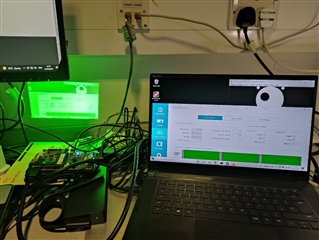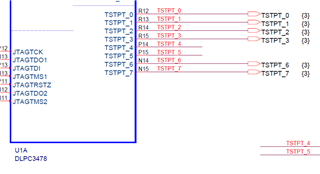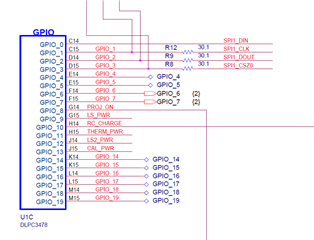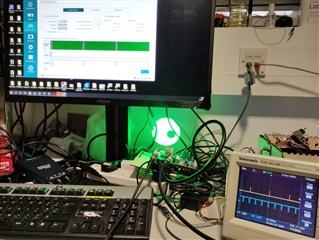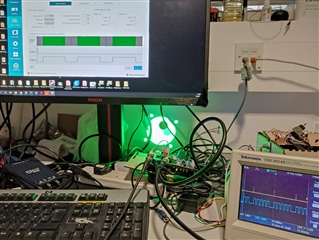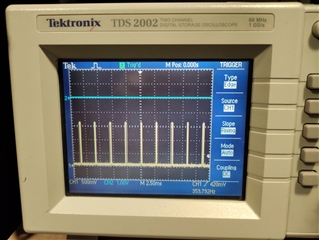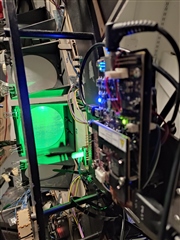Other Parts Discussed in Thread: DLP3010, DLPC3478
Dear TI,
The DLP3010EVM-LC has high frequency flickering (1-2kHz) when displaying at 120*3=360fps mode.
the parameters I set via the GUI system ("light control" tab) are:
Frame Rate = 120.9044
Illumination = G
Bit Depth = 8
Pre-exposure Dark Time (us) = 171
Exposure Time (us) = 2555
Post-exposure Dark Time (us) = 31
Is there anything I can do to remove the high-frequency flickering, and only display 360fps video?
Cheers.
Best,
Jiaqi Huang



